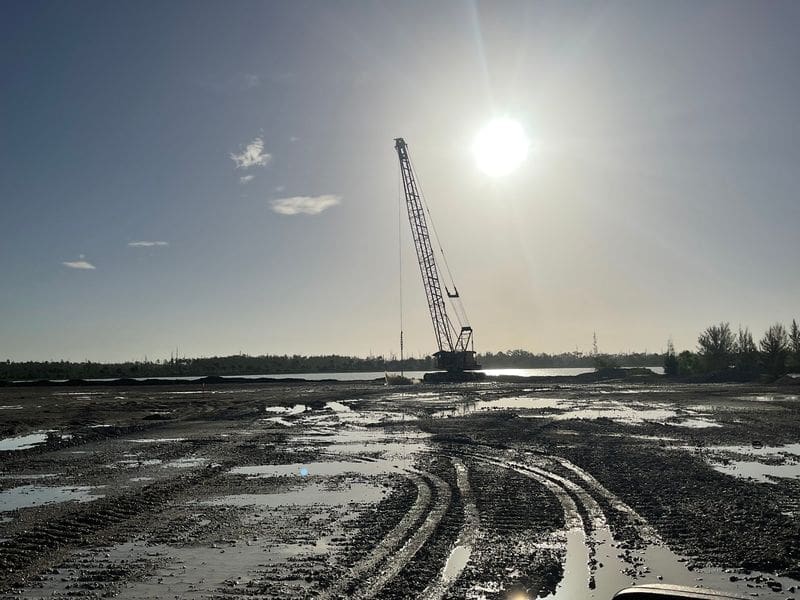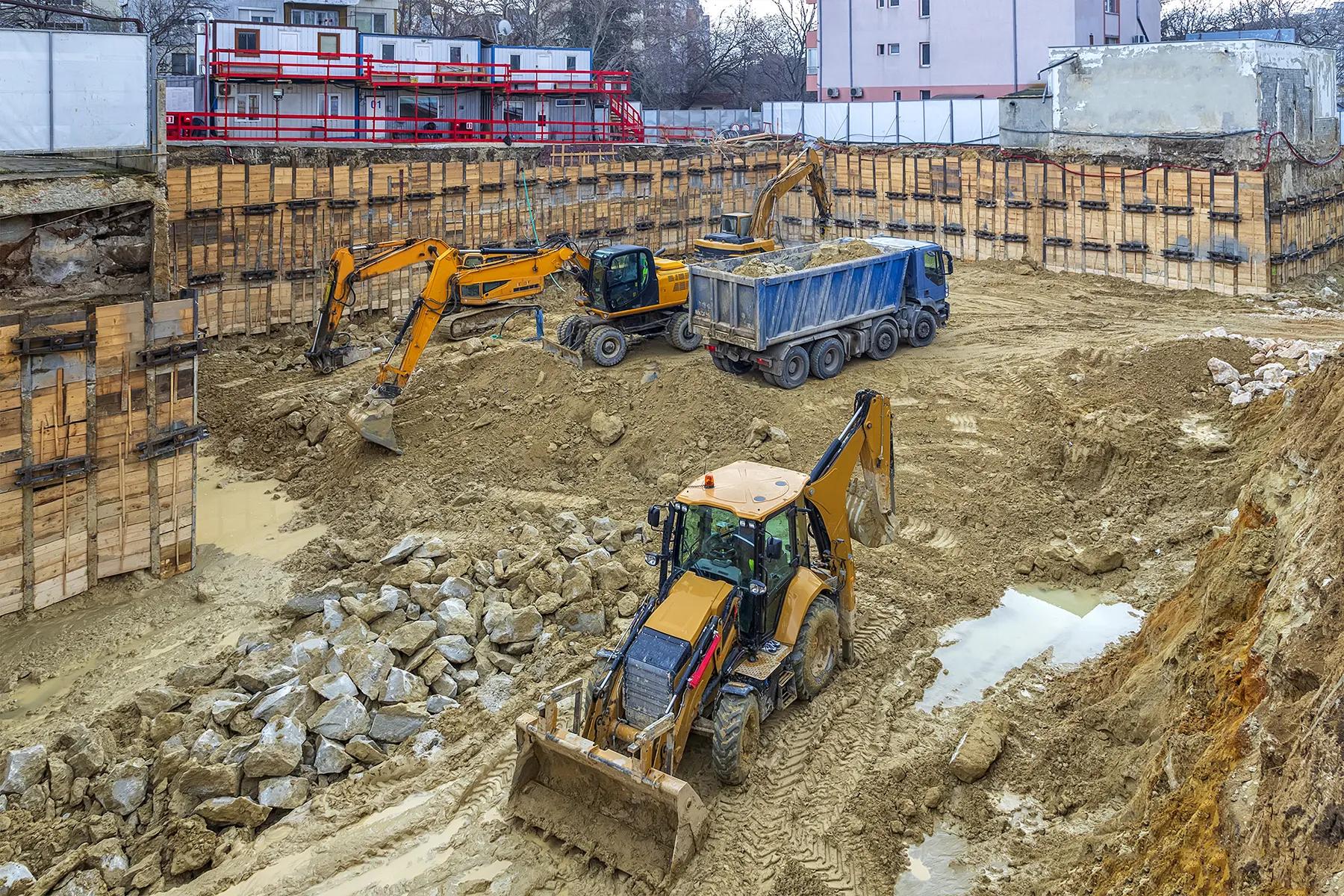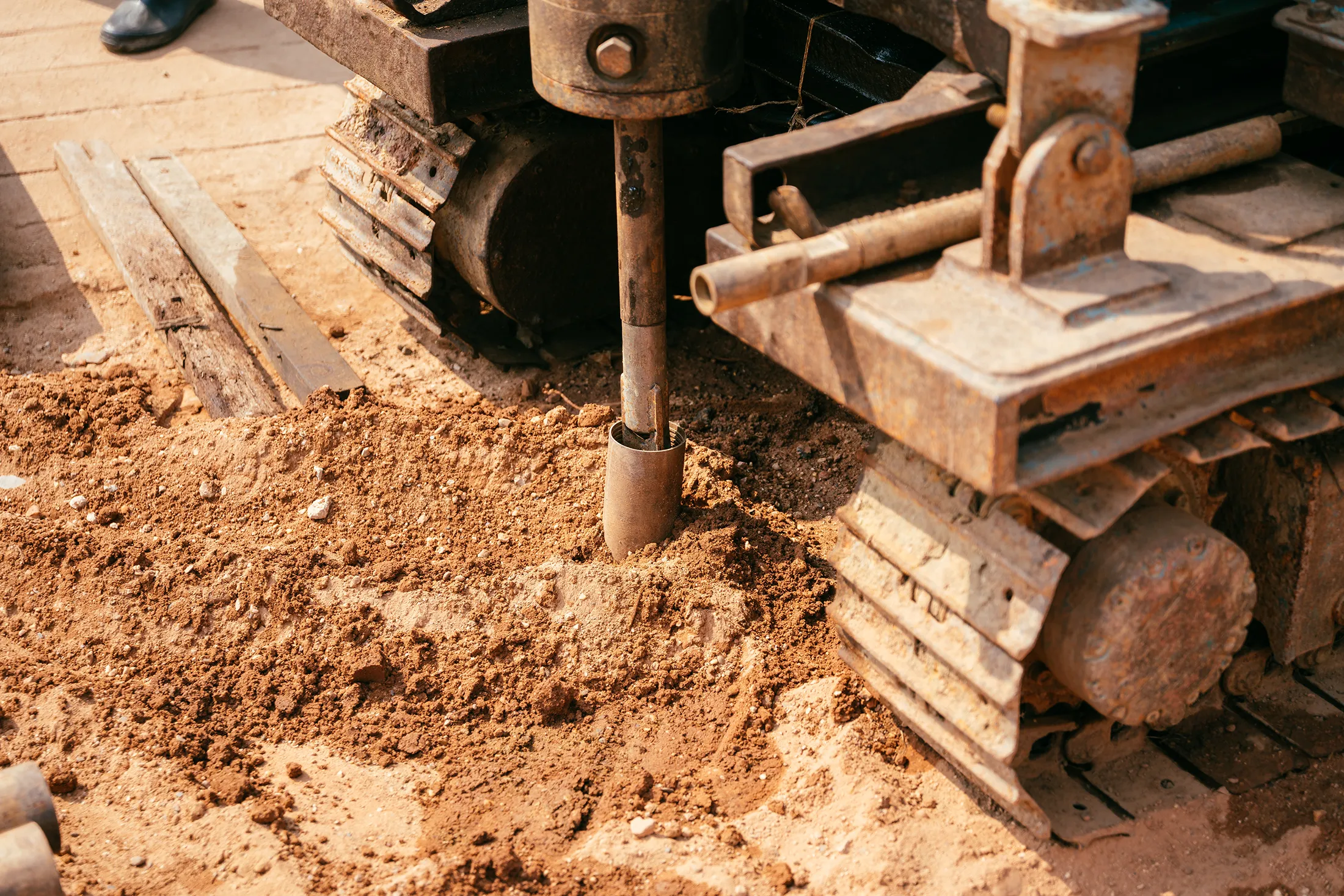
Tailoring Ground Improvement Services for Urban Redevelopment Projects
Introduction
Urban redevelopment brings a unique set of challenges, including aging infrastructure, undocumented fill, limited space, and nearby sensitive structures. Building in a city requires a precise, flexible approach to ground improvement that can adapt to complex conditions.
In this blog, we’ll look at how dynamic compaction and related techniques can be customized for urban environments. Since soil conditions and logistics often vary from block to block, Densification Inc. offers turnkey ground improvement services tailored to the specific needs of infill and redevelopment projects.
Did you know? Many city sites rest on poorly compacted fill or legacy materials that were never designed to support today’s building loads. With the right soil densification approach, even the most difficult sites can become safe and buildable.
1. Urban Sites Come with Hidden Soil Challenges
Redevelopment sites in cities often involve disturbed or undocumented land. These conditions lead to a range of geotechnical issues, including:
- Fill from past construction, demolition debris, or utilities
- Soft or loose soils with low strength
- Subsurface variations in short distances
- Potential soil contamination from past industrial use
Older urban sites may also contain abandoned foundations, vaults, or underground infrastructure. These hidden obstacles can complicate construction site preparation, so a thorough geotechnical engineering investigation is essential. Without it, developers risk unexpected delays or structural issues.
In addition, zoning changes and building code upgrades often place added pressure on the site’s ability to perform. That’s why understanding and improving the soil’s behavior early in the process is critical for long-term success.
2. Why Dynamic Compaction Works in Urban Areas
While dynamic compaction is often used in open areas, it can also be effective in tight urban settings when properly planned. Key benefits include:
- Increases soil strength for mid-rise and high-rise buildings
- Stabilizes undocumented fill and reclaimed land
- Reduces long-term settlement risks
- Saves time and cost compared to soil removal and replacement
Dynamic compaction is especially valuable in neighborhoods where excavation isn’t feasible due to space, utility lines, or adjacent structures. Densification Inc. uses vibration monitoring, custom drop patterns, and post-improvement testing to ensure safe and reliable results.
3. Adapting to Tight Spaces and Limited Access
Urban job sites are often small and crowded. Densification Inc. addresses these limitations by:
- Using compact equipment for restricted work zones
- Planning drop points that avoid utilities and neighboring foundations
- Working in phases to align with construction schedules
- Managing noise and vibration to meet city regulations
This approach allows ground improvement services to be implemented even in dense urban areas with minimal disruption to surrounding structures.
4. Supporting Broader Urban Development Goals
Densification Inc. designs its services to support more than just structural performance. Their work also aligns with city-wide development goals:
- Sustainability: Reuses existing soil, reducing hauling and waste
- Resilience: Creates long-lasting, stable foundations
- Speed: Helps projects start sooner without deep excavation
- Safety: Uses real-time monitoring for sensitive areas
Urban redevelopment often goes hand in hand with sustainability initiatives, zoning incentives, and revitalization plans. A reliable ground improvement strategy that aligns with these goals can streamline approvals, reduce neighborhood disruption, and create long-term value for stakeholders.
5. Proven Expertise in Urban Redevelopment
With years of experience in soil densification and ground improvement, Densification Inc. understands how to work in complex city environments. Their services include:
- Full site evaluations and soil analysis
- Customized drop patterns for maximum impact
- Vibration monitoring to protect nearby buildings
- Coordination with city permitting and inspection teams
- Post-compaction testing to verify success
Densification Inc. also works closely with engineers, developers, and urban planners to keep projects on track and aligned with community goals. Whether you’re building a downtown high-rise, converting an old industrial site, or creating mixed-use space, they provide reliable solutions for even the most difficult soils.
Conclusion: Engineered for the City
Redeveloping urban land often means dealing with poor soil, tight space, and strict regulations. But with the right approach, these obstacles can become opportunities.
Dynamic compaction, when tailored for city conditions, offers a fast and effective way to prepare the ground for new construction. Backed by data, precision, and testing, it supports both the structure above and the plans behind it.
Key takeaway: No two urban sites are the same. That’s why you should customize your ground improvement plan for each project. Densification Inc. delivers turnkey services that make difficult sites ready to build.
Contact Densification Inc. to discuss your next urban project and discover how we can help.
Want to see how we deliver results in complex environments?
Explore our full range of ground improvement capabilities tailored for urban redevelopment projects.











